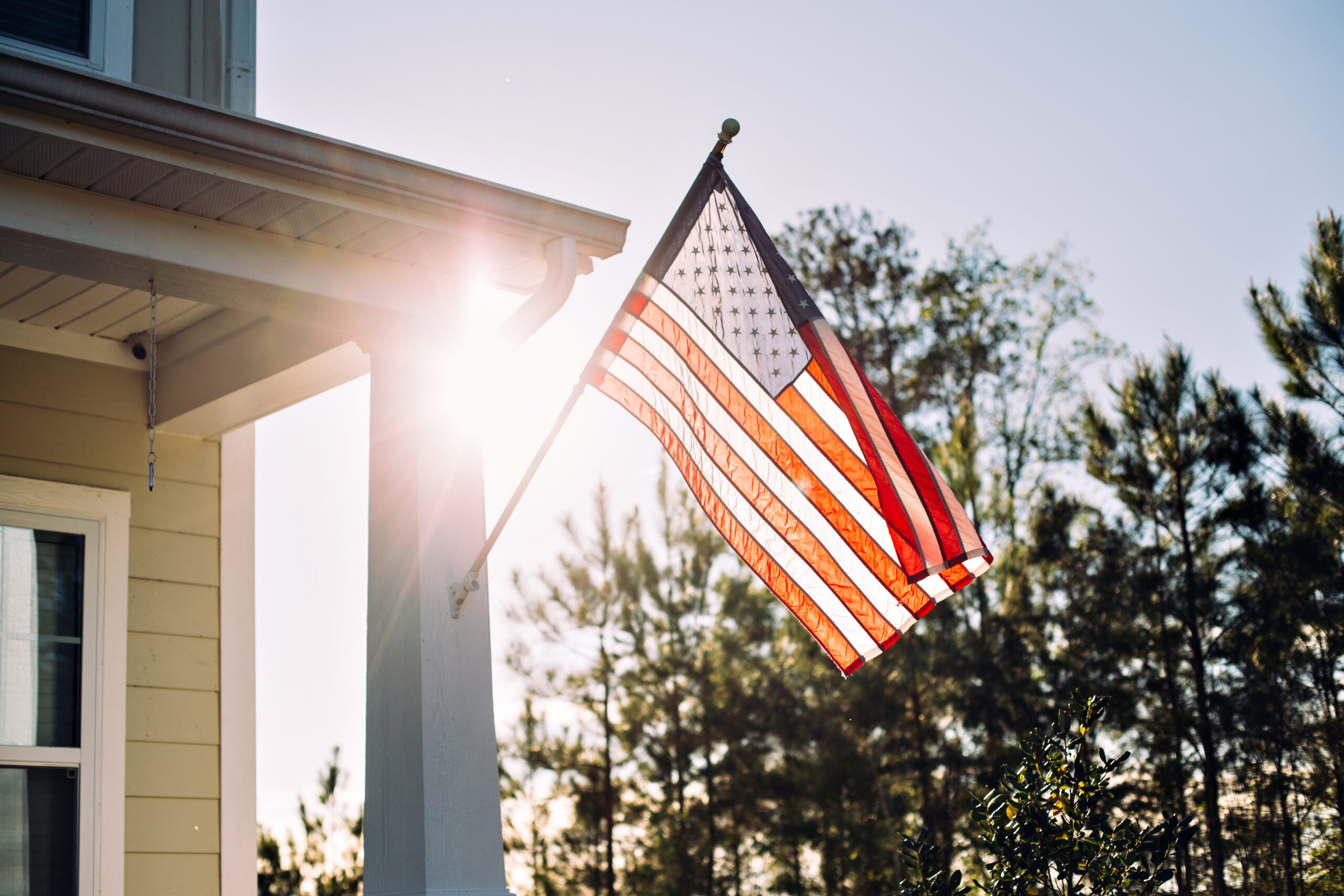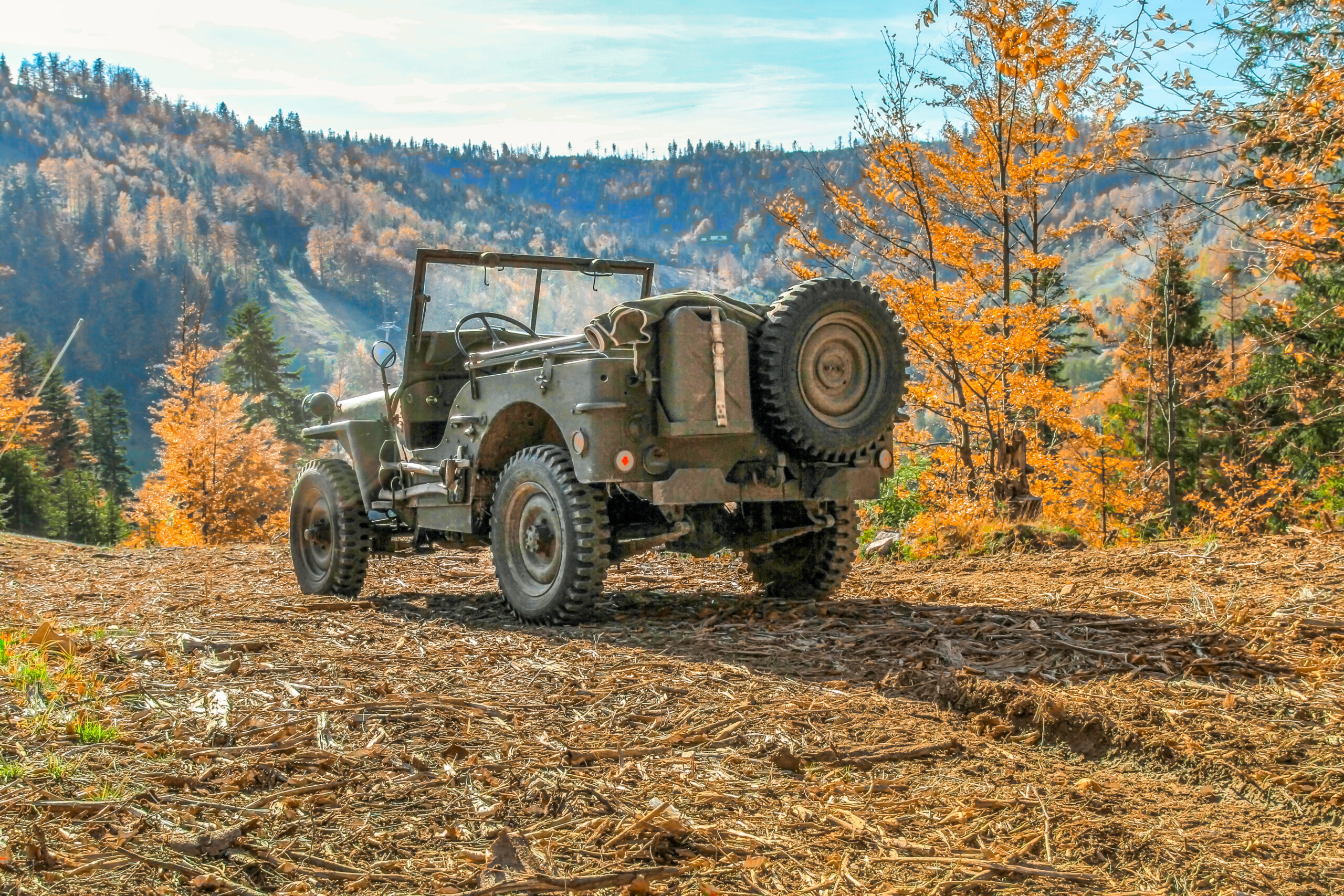Fort Gregg-Adams
Key Contacts
Military Housing Office:
PH: (804) 765-3862
Hunt Military Communities:
1510 Sisisky Blvd
Fort Gregg-Adams, VA 23801
PH: (804) 733-1558
School Liaison:
10624 Yorktown Drive
Fort Gregg-Adams, VA 23801
PH: (804) 765-3813
Fort Gregg-Adams Army Community Service:
1231 Mahone Avenue
Fort Gregg-Adams, VA 23801
PH: (804) 734-6388
Most installation services will be available Monday through Friday, 9:00am to 4:00pm. As always, call first to confirm hours and availability of services.
Helpful hint: Contact these offices early in the week during the morning time frame.
About Fort Gregg-Adams
". . . headquarters of the U.S. Army Combined Arms Support Command . . .”
Fort Gregg-Adams, in Prince George County, Virginia, is a United States Army post and headquarters of the U.S. Army Combined Arms Support Command (CASCOM), Sustainment Center of Excellence (SCoE), the U.S. Army Quartermaster School, the U.S. Army Ordinance School, the U.S. Army Transportation School, the Army Logistics University (ALU), Defense Contract Management Agency (DCMA), and the U.S. Defense Commissary Agency (DeCA). Fort Gregg-Adams supports more than 28,500 people on the post and nearly 63,000 on post, including personnel from all branches of the military service, their families, government civilians and contractors, military retirees, and reservists. Over 70,000 troops will pass through Fort Gregg-Adams classrooms each year, making it the third-largest training site in the Army.


About Prince GEorge County
LOCATION
Fort Gregg-Adams is located in America's Historic Heartland in Virginia, 25 miles south of Richmond and very near the confluence of the James and Appomattox Rivers. One of the older cities in the country, Richmond, was founded in 1737. Served by Interstates 64 and 95, Richmond is at the crossroads of Virginia, with access to Hampton Roads to the southeast and the nation's capital to the north. For those traveling in and out of the Fort Gregg-Adamsarea by air, Richmond International Airport (RIC) is located in nearby Richmond. Ronald Reagan Washington International Airport (DCA) and Washington Dulles Airport (IAD) are approximately 120 miles away.
ATTRACTIONS
The heartland of Virginia offers many opportunities for any adventure or passion you may have, including nearby Virginia Beach (about two hours southeast), Washington, D.C. (about two hours north), or the mountains of North Carolina (just a short drive down I-95 to the south). Whether it’s local arts and culture, the rich history of the United States, or nearby recreation at a variety of area parks and lakes, being stationed at Fort Gregg-Adams has no shortage of things to do and see.
WEATHER
The Fort Gregg-Adams/Richmond area is located at the head of the James River between Virginia's coastal plains and Piedmont, beyond which are the Blue Ridge Mountains. The open waters of the Chesapeake Bay, the Atlantic Ocean to the east, and the mountain barrier to the west are responsible for the region's hot, muggy summers and generally moderate winters. On average, this area gets around 46 inches of rain per year, with only around seven inches of snow. July is the hottest month, with a high average of about 90 degrees. In the winter, the low standard is around 29 degrees.
HELPFUL HINTS
This is considered to be a moderate to high-cost area to live in. Also, commute times, schools, and accessibility of restaurants and shopping should be considered when choosing a neighborhood and its proximity to Fort Gregg-Adams.

Looking at relocating?
Enter your information below and we will reach out to help the process.
Nearby Neighborhoods
ON-BASE HOUSING
Hunt Military Communities manage homes on base at Fort Gregg-Adams, with most floor plans featuring homes that were built between the years 2007 to 2010. Residents living on Fort Gregg-Adams have access to schools in the Prince George County School District and community features like walkable neighborhoods with easy access to playgrounds, pools, parks, fitness centers, picnic pavilions, splash parks, village centers, a golf course, and recreational fields.
OFF-BASE HOUSING
Additionally, there are several on-post communities where many service families choose to reside. Fort Gregg-Adams is located inside Prince George County, which surrounds the other nearby areas of Chesterfield County and Dinwiddie County. Chesterfield County Public School District is host to many high schools, middle schools, and elementary schools.
Chesterfield County

ABOUT
The largest of the outlying Fort Gregg-Adams communities, Chesterfield County, offers more opportunities for shopping, restaurants, and a more extensive selection of newly built homes.
Popular Neighborhoods
Bellwood • Chester • Windsor Hills
Nearby Attractions
Pocahontas State Park • Swift Creek Mill Theater • Henricus Historical Park Chesterfield Towne Center • Metro Richmond Zoo
By the Numbers
Population 365,000 • Household Income $81,000 • Median Home Value: Home values vary widely in this area, so ask your real estate agent for a local market analysis
Big Plus
- Significant employers include Amazon, HCA Virginia Health System, UPS, and Walmart.
- Easy access to a great variety of shopping and restaurant options
Things to Consider
- Closest of the three counties to the greater Richmond area; heavy traffic potential
- 28-mile, 39-minute commute to Fort Gregg-Adams via I-95 N and VA 288 N
Prince George County

ABOUT
Known for its hospitality and easy commute to the base, Prince George County is one of the top areas many military families choose to call home during their time at Fort Gregg-Adams.
Popular Neighborhoods
Prince George • New Bohemia • Wildwood Farms
Nearby Attractions
Petersburg National Battlefield • U.S. Army Quartermaster MuseumGo Ape Zipline and Adventure Park • Swader’s Sports Park
By the Numbers
Population 43,000 • Household Income $72,000 • Median Home Value: Home values vary widely in this area. Ask your real estate agent for a local market analysis.
Big Plus
- Sparse suburban feel with young professionals and families
- According to BestPlaces.net, Prince George County ranks third nationally as Best Place for Military Retirees
- 11-mile, 24-minute commute to Fort Gregg-Adams via VA-629 E
Things to Consider
- Established neighborhoods with homes that may require updating and maintenance, modern homes with large portions of vinyl siding.
- Fewer chain restaurants and more of the mom-and-pop variety
Dinwiddie County

ABOUT
If you’re looking for a slower pace with a small-town feel, Dinwiddie County is the place to call home. With a similar commute time as Chesterfield County, homes may be more adorable in Dinwiddie County.
Popular Neighborhoods
Ashley • Dinwiddie Gardens • Dabney Estates
Nearby Attractions
Pamplin Historical Park • Virginia Sky Diving Center • Lake Phoenix Appomattox Riverside Park
By the Numbers
Population 28,000 • Household Income $60,300 • Median Home Value: Home values vary widely in this area. Ask your real estate agent for a local market analysis.
Big Plus
- Small-town feel with more space to spread out amidst farmland and rolling hills.
- Great outdoor opportunities with many parks, lakes, and battlefields
- The slower pace of life but is still convenient to I-95 and the greater Richmond area
Things to Consider
- Established neighborhoods with homes that may require updating and maintenance, trendy are one level brick ranch-style homes
- 25-mile, 33-minute commute to Fort Gregg-Adams via I-85 S
7 Reasons You Should Consider Buying a Home
1. TAX ADVANTAGES
To encourage homeownership, the IRS has provided many tax breaks for owning a home. Credits may be available for specific home improvements, such as using clean energy or for qualified first-time home buyers. The way most homeowners see those advantages is through income tax itemization and deductions like mortgage interest and real estate taxes.
2. STABALIZE MONTHLY HOME COSTS
Owning your own house is one of the safest bets on stabilizing your monthly home costs. There’s no worry of rent getting increased significantly after each year of living in someone else’s home. Additionally, when you answer to yourself, there is no worry of landlord changes or unexpected lease termination.
3. HOUSE HACKING
Generally speaking, house hacking is a smart strategy that involves renting out a portion of your primary residence as a means of generating income to offset your own living expenses. Think turning your finished basement or mother-in-law quarters into an AirBnB! Or consider purchasing a multi-unit duplex or triplex: live on one side and rent out the other! If your home making money while you’re living in it doesn’t sound like your thing, there’s always renting it out after you PCS as an income generating investment property.
4. Increased Privacy
Generally speaking, house hacking is a smart strategy that involves renting out a portion of your primary residence as a means of generating income to offset your own living expenses. Think turning your finished basement or mother-in-law quarters into an AirBnB! Or consider purchasing a multi-unit duplex or triplex: live on one side and rent out the other! If your home making money while you’re living in it doesn’t sound like your thing, there’s always renting it out after you PCS as an income generating investment property.
5. Pets Are Welcome!
For those who choose to rent instead of buying, it can be extremely difficult to find rentals who allow for your
four-legged, furry friends. Landlords often require hefty pet deposits or place heavy restrictions on the number of pets and breeds they allow—if they will even allow pets. When considering quality of life, including beloved pets and the indoor and outdoor space available to them matters. Having the flexibility to include ALL members of your family as a homeowner is priceless!
6. Pride of Ownership
One of the greatest benefits of owning your own home is the pride of ownership that comes along with it. Not only are homeowners more inclined to take good care of their investment with routine maintenance and cleaning, but also they are free to make design choices ranging from hanging artwork on the walls, to paint colors, to customization of closets, electronics, and more. As military families who relocate frequently, having your home reflect who you really are feels important.
7. Safe and Stable Long Term Investment + Forced Savings
Owning a home has historically been one of the safest, lowest risk financial investments that tends to have long-term stability and success. As your home value appreciates and your mortgage balance decreases, what’s left is growing equity with an eventual paid off home. Making a monthly house payment is akin to setting aside a specific amount each month into a savings account—it’s a little difficult to access in the moment, but over time it can build into something significant in the form of equity.

FIVE RESOURCES TO HELP YOU IN YOUR RELOCATION PROCESS

Your PCS is underway!
The home buying and moving transition process has begun. Now what? If it feels like there are a million things to do, don’t fret because you don’t have to do them all yourself. During the relocation process, there are many service providers that can assist you in making your move a smooth one.
Consider these five resources to help you in the process
1. MOVING COMPANIES
Sure, the military offers transportation and relocation services, but many service members decide to coordinate the transfer of household goods themselves. Not only can you often earn money on the difference between moving costs and weight allowances, but you can be assured that you have more control over your belongings. Services that moving companies offer can range from delivery of boxes and pods for the “you-pack” model all the way to full-service logistics companies that will do all of the packing, loading, driving, and unpacking for you.
2. STORAGE
Whether you need to store your household goods for a few weeks until you close on your home or you decide that you have more stuff than square footage, storage companies abound. Sizes, conditions, and contracts vary widely so be sure to do your homework before you commit. Particularly in climates with extreme cold, heat, or humidity, it is important to consider using only climate-controlled storage to ensure the protection of your furniture and temporarily unused items.
3. TEMPORARY HOUSING
It is not uncommon for there to be a short gap of time during a military move between when you arrive at your new duty station and your new home being available to inhabit. No longer are hotels the only option for sticking out a few days or weeks during the wait. Vacation Rentals by Owner (VRBO) and Airbnb are great options to make you feel more at home while you wait for your home. In fact, why not take advantage of seeing your new city through the eyes of a tourist? Find a location near new local attractions and dining and enjoy a few days of getting to know the lay of the land.
4. USPS/IRS
Once you get settled in at your new home, it’s important that you alert agencies that will make sure your current and up-to-date address is on file. The United States Postal Service (USPS) and the Internal Revenue Service (IRS) are two of the most important and by doing so, any important mail or documents in your name should be forwarded or sent along to your new address. It’s also a good idea to notify banks, credit card companies, and other debt collectors of a change of address. These days nearly all of these transactions can be handled online.
5. DISCARD & DONATE SERVICES
No matter how much you purge, toss, organize, minimize, or donate before you pack up the moving truck, it never fails that after you get unpacked on the other side there seems to be more stuff to declutter. Discard and donate services can help with this. Many are a phone call away and will happily come to your residence for a pickup. Others are structured where you simply drop off at a store. A lot of these services are charitable organizations and will offer you documentation for your own taxes based on your donation. It’s a win-win: you downsize by donating, and someone else benefits from your use of your items.

